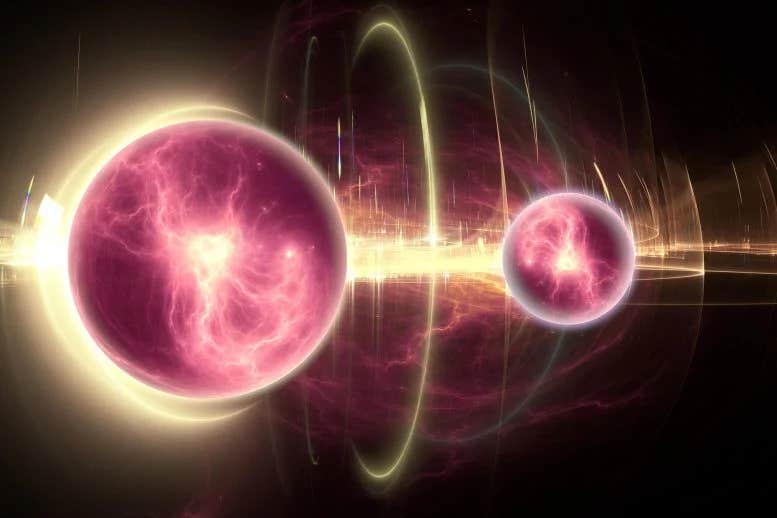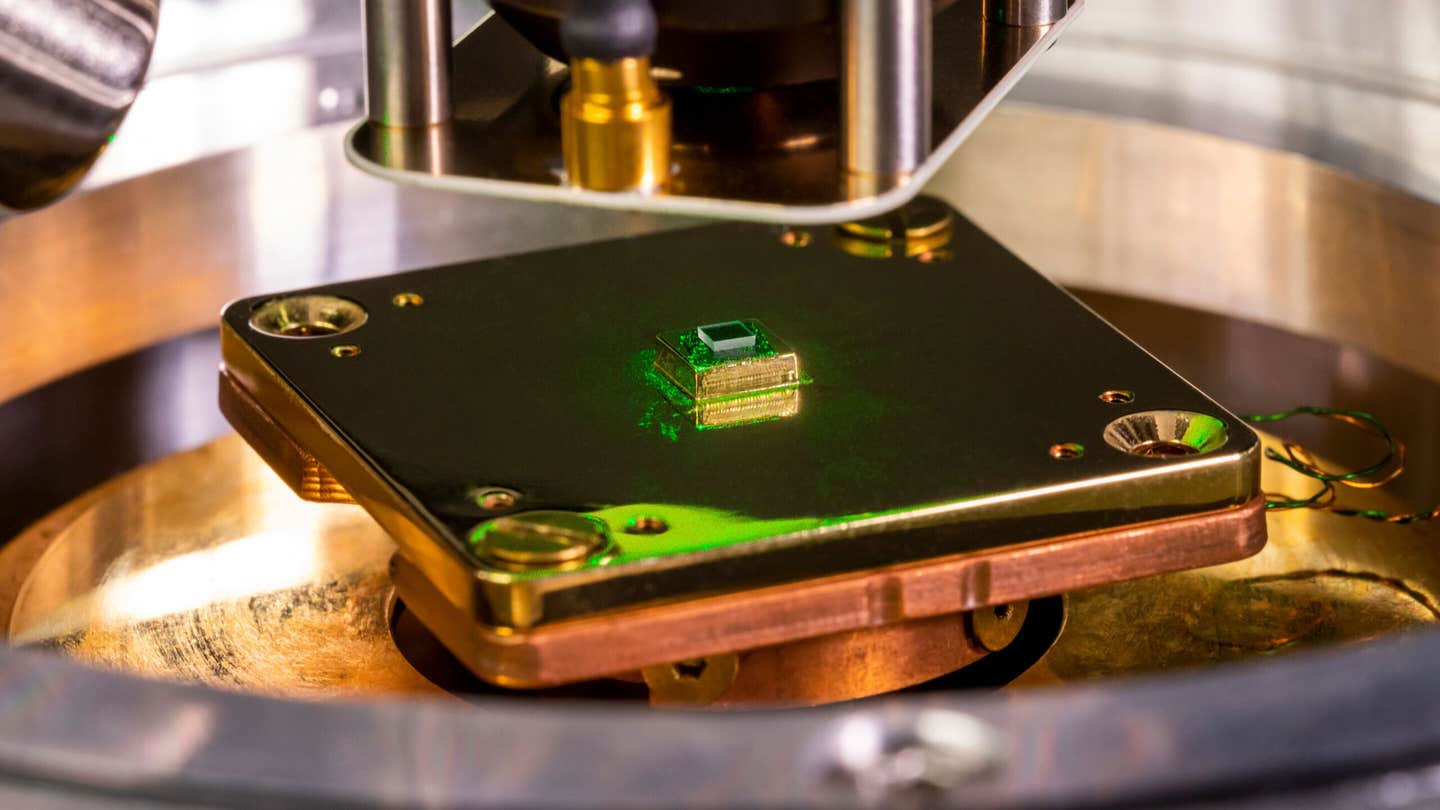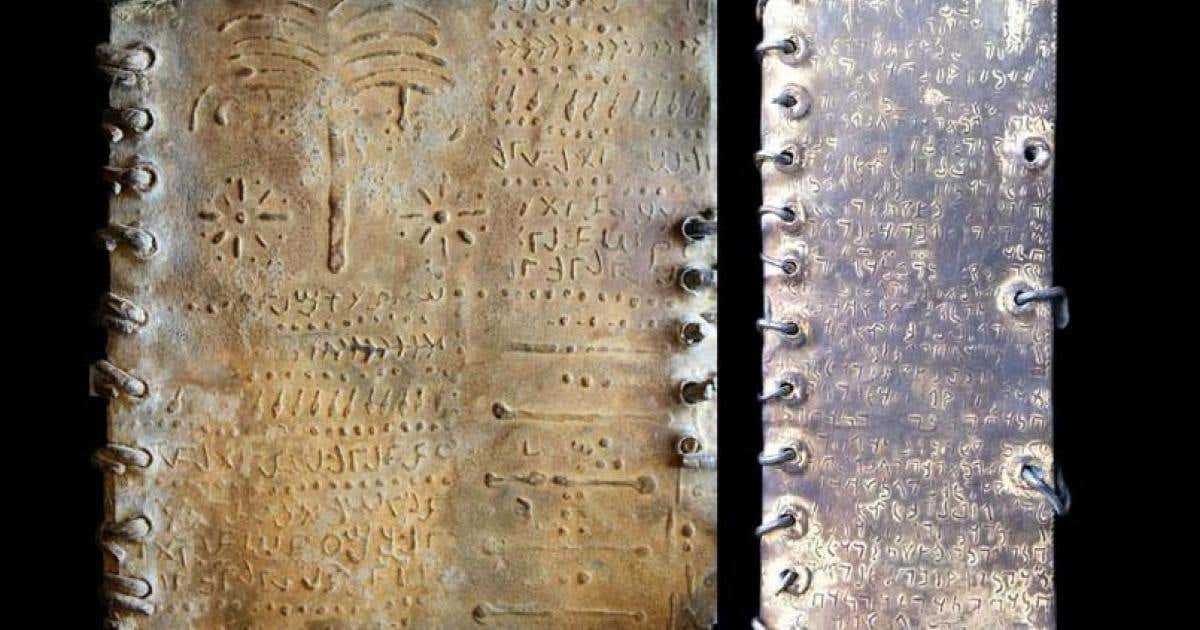Scientists develop the quantum version of the second law of thermodynamics
A new study shows quantum entanglement can be reversibly manipulated, offering a second law that mirrors thermodynamics—with the help of a quantum battery.

Scientists reveal a second law of entanglement, showing quantum links can be changed and reversed with an entanglement battery. (CREDIT: Shutterstock)
In the strange, often unintuitive world of quantum physics, one mystery has stood out for decades: Can quantum entanglement be manipulated in a reversible way, like energy in a perfect heat engine? That question, which has puzzled scientists for years, now has an answer.
A new study by the University of Warsaw reveals that reversibility is possible in quantum entanglement. This can happen if the right tools are used. Researchers introduced an "entanglement battery," which opens the door to a quantum version of the second law of thermodynamics.
This discovery brings quantum science closer to having laws that mirror classical thermodynamics, which describes how energy moves and changes. Just as Sadi Carnot’s second law gave us a blueprint for perfect engines over two centuries ago, this new law offers a framework for managing entanglement—perhaps the most peculiar aspect of quantum theory.
Rewriting the Rules of Entanglement
Entanglement describes a quantum link between two or more particles. When two particles are entangled, measuring one instantly provides information about the other, no matter how far apart they are. This bond remains strong even across great distances, something that Einstein once called "spooky action at a distance."
It sounds like science fiction, but entanglement has been confirmed in countless experiments. It’s no longer a weird theory—it's a working part of real-world technology. Entanglement powers quantum teleportation, secures data in quantum cryptography, and plays a central role in developing quantum computers and sensors.
But using entanglement effectively has been hard. Scientists have long known that when two parties—traditionally called Alice and Bob—convert one entangled state into another using only local tools and classical communication, the process is irreversible. Once changed, an entangled state can’t fully be restored. This limitation left researchers asking: Could a deeper principle let entanglement be changed and reversed like energy in an ideal thermodynamic process?
Related Stories
- New quantum battery breakthrough boosts energy storage by 1,000x
- Physicists use 5,564-qubit quantum computer to model the death of our universe
- Quantum state of electrons measured for the first time ever
A Quantum Battery with a Powerful Charge
That’s where the entanglement battery comes in.
Alexander Streltsov, Tulja Varun Kondra, and their colleagues found that introducing a quantum battery—holding and transferring entanglement—makes reversible transformations possible. “Finding a second law analogous to the second law of thermodynamics has been an open problem in quantum information science,” says Kondra. “Solving this has been our primary motivation.”
Just like a regular battery stores energy for use in machines, this entanglement battery stores quantum links. It helps Alice and Bob transform one entangled state into another and then back again without losing any of the original entanglement. The only rule is that the battery's overall level of entanglement must remain unchanged. It can shift and reshape how the entanglement is used, but nothing is lost in the process.
Before this, most scientists believed that entanglement transformations, especially those involving mixed states (states that contain some randomness), could never be reversible. The new research proves otherwise. With the help of the entanglement battery, even complex entangled systems can be changed and then perfectly restored.
A Quantum Second Law
This finding has far-reaching consequences. It confirms that entanglement can follow a set of rules similar to thermodynamics, including a version of the second law. In classical thermodynamics, the second law says that systems tend to become more disordered and that while perfect reversibility is possible in theory, it's extremely rare.
In the quantum world, the new second law is about how entanglement behaves during transformations. The research team showed that the efficiency of converting one entangled state into another can be precisely measured by comparing the amount of entanglement in each state. These ratios play a role similar to entropy in thermodynamics.
And this isn’t just theory—it’s grounded in real math. The team used multiple “entanglement quantifiers,” or ways to measure entanglement, to calculate how different transformations work. Each quantifier leads to its own version of a second law, meaning the rules can adapt depending on the specific quantum system in play.
Streltsov puts it this way: “We can have a battery that is supposed to preserve coherence or free energy, and then we can formulate a reversible framework in this setting where, instead of entanglement, we reversibly manipulate that particular resource of our system.”
Beyond Two Particles
The entanglement battery’s usefulness isn’t limited to simple systems of two entangled particles. It also works in more complex setups involving multiple entangled particles, known as multipartite entanglement. These are the kinds of systems that might someday make up vast quantum networks or advanced quantum computers.
Even more exciting, the idea of the battery can be extended to other resources in quantum systems. For example, a "resource battery" could preserve other quantum properties, like coherence (how well a quantum state maintains its phase) or free energy (useful energy in a quantum system). This opens up the potential for a whole new class of reversible processes in many areas of quantum physics.
Many other frameworks have tried to prove reversibility in quantum mechanics, but this new method offers something special: a unified, physics-based approach that works across multiple scenarios. By grounding the proof in real physical principles rather than just mathematical tricks, the study strengthens its value and reach.
Toward Practical Quantum Technologies
This discovery also brings the field closer to practical applications. If scientists can manipulate entanglement efficiently and reversibly, then quantum networks and computers may become far more powerful and reliable. For example, managing entanglement without loss would mean more stable quantum communications. Reversible manipulation could also lower the energy and resources needed for certain quantum computations, making future machines more efficient.
The long-term goal is to build tools that allow precise control over quantum resources, just as classical engineers control heat and work in engines and power plants. With this new research, the foundation for that goal has grown stronger.
By answering a question that has haunted quantum scientists for decades, the team behind the new second law of entanglement has taken a major step forward. Their work shows that even in the quantum world—full of uncertainty and surprises—some things can be as reliable as the laws of thermodynamics.
Research findings are available online in the Physical Review Letters.
Note: The article above provided above by The Brighter Side of News.
Like these kind of feel good stories? Get The Brighter Side of News' newsletter.



